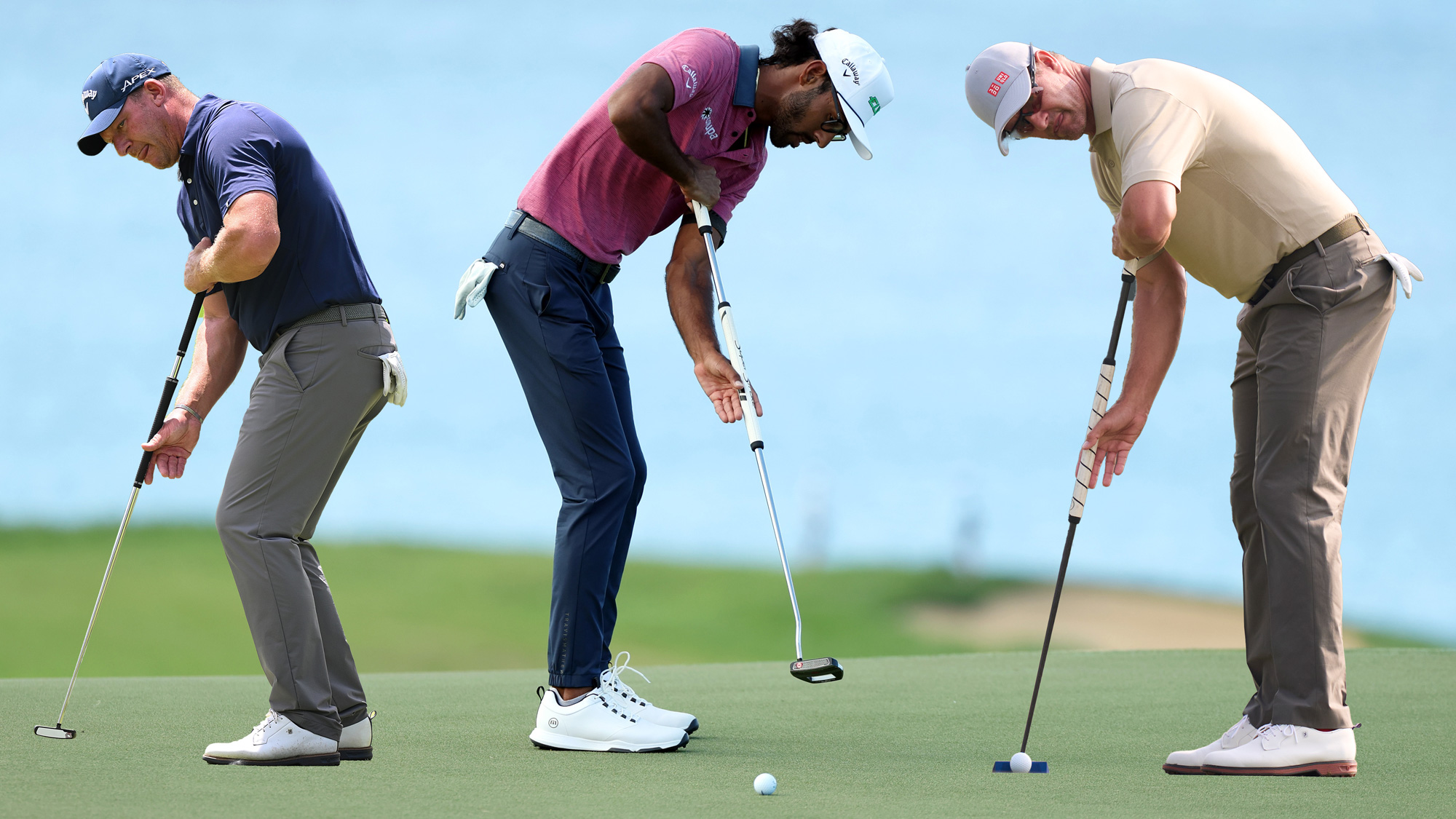
Broomstick putters, sometimes also referred to as broom handle, are becoming increasingly popular at the top level of professional golf - but so many amateurs could also benefit from trying one for themselves.
It goes without saying that having one of the best putters on the market can pay dividends, but it's also important to find the right one to suit your game.
Long putters are on the comeback, with some of the top performers on the greens excelling with a broomstick, including Shaun Norris who currently ranks first for Strokes Gained: Putting (in the last twelve months) and PGA Tour winner Akshay Bhatia who also ranks inside the top-15 of that measure.
If you are considering giving the broomstick a try for yourself, this handy guide will tell you everything you need to know. Below, PGA Master professional Anders Mankert outlines the benefits in switching, shares how to use a broomstick putter effectively and provides some important alterations that you must consider when carrying out your practice putting drills...
What Are The Benefits Of Switching To A Broomstick Putter?
The main benefit is you don't focus as much on technique, which can be incredibly useful for a player who struggles technically on the greens. The broomstick putter uses a pendulum-style swing, almost straight back and straight through, which takes a lot of the mechanics out of play.
While you are no longer allowed to anchor the end of the long putter into your chest, the way in which you hold the putter means that everything remains very solid and the only real moving part is the head.
I remember hearing a top professional say that using a broomstick putter allows them 'just to focus on pace', which for most amateurs would be a great scenario to be in.
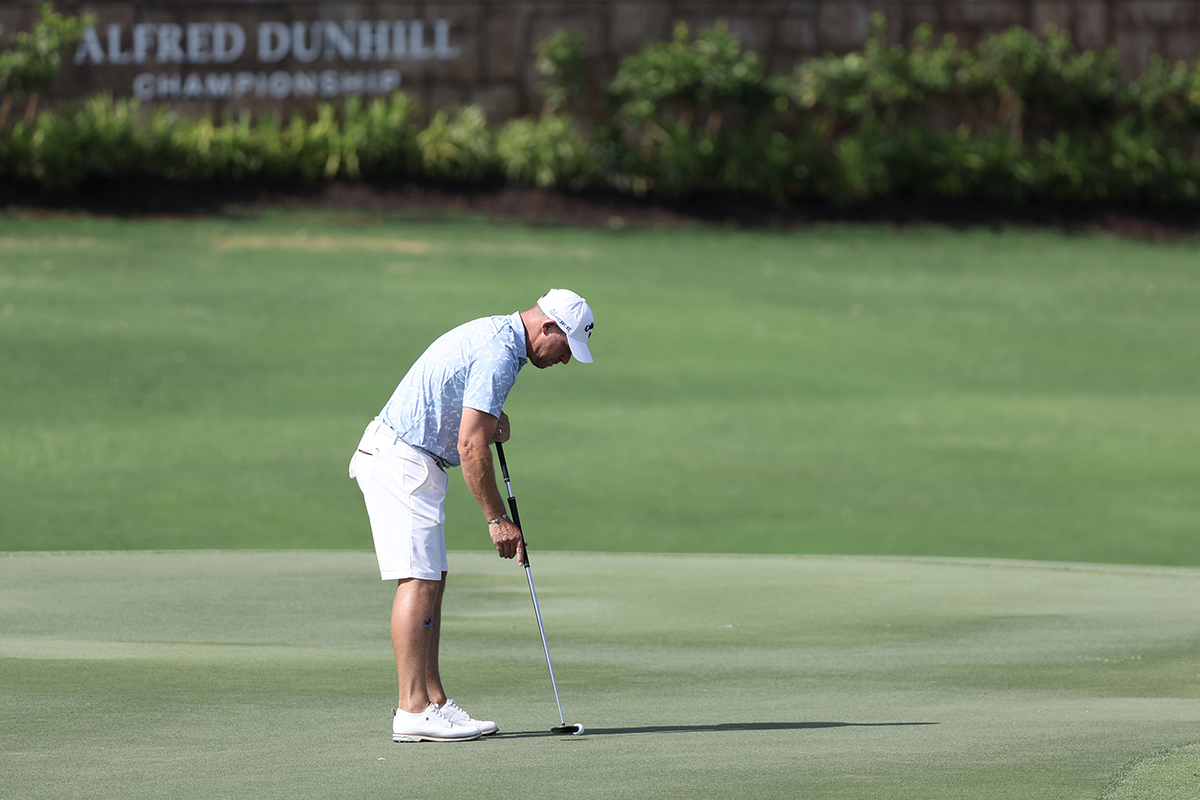
Can A Broomstick Putter Help Me To Putt Better?
Similar to someone adopting the claw grip for putting, a player who has a tendency to get 'wristy' or have an overly dominant right hand could improve their putting ability with a broomstick putter.
The same thing can also be said for the putting yips, as anyone who gets a bit twitchy would benefit as you are only gripping the club very loosely in your right hand. In fact, it's hardly involved at all.
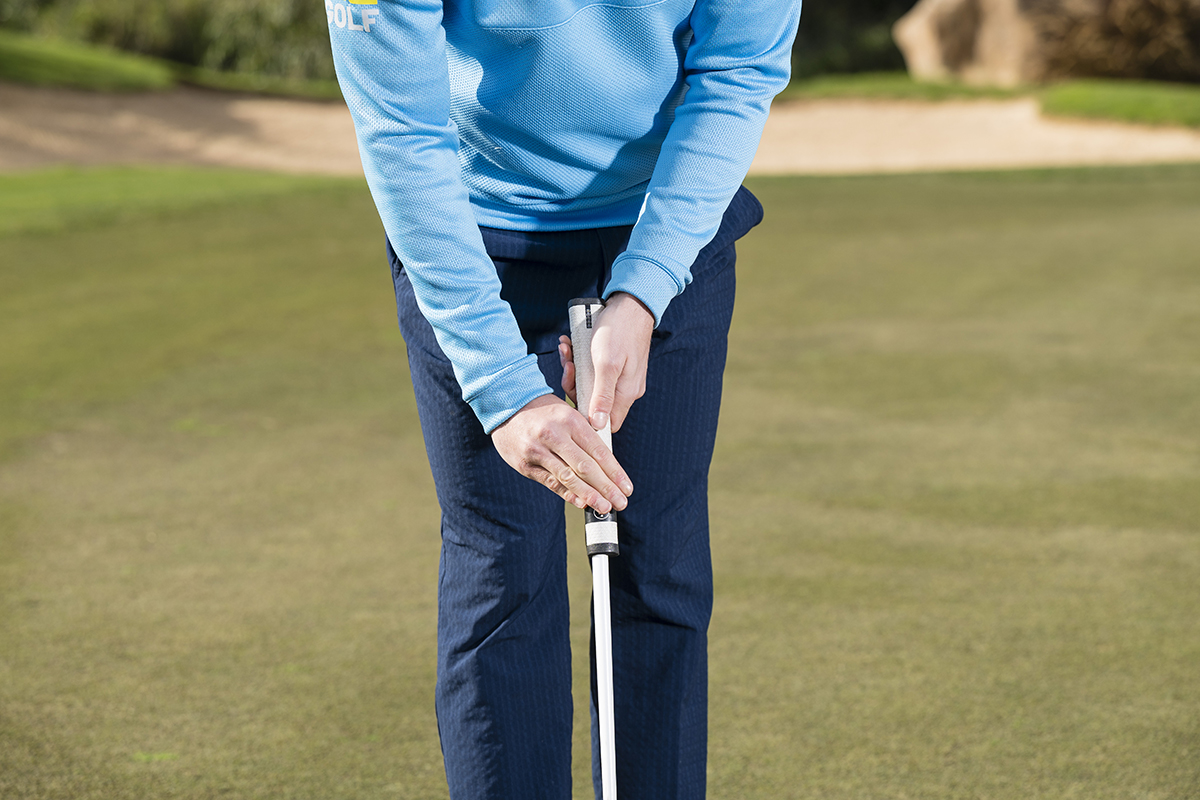
What Are The Common Faults Linked To Using A Broomstick Putter?
When using a broomstick putter for the first time, many amateurs will stand too close meaning their eye line ends up over the opposite side of the golf ball. This will mean you will struggle to line the start line up with your target, which is a key factor in how to read greens effectively. Also, your path tends to move outside the line resulting in a pull or cutting across the ball.
To counteract this, stand slightly further away than you might initially think to ensure you eye line remains over the top of the ball.
Step-By-Step Guide To Using A Broomstick Putter
1. Ball Position
Ball position is hugely important when using a broomstick putter, as the arc is slightly less than with a traditional putter. Due to the shallow arc, the ball position must be directly below your sternum. You can also think about it as directly beneath the fist made by your top hand gripping the club (more on that shortly).
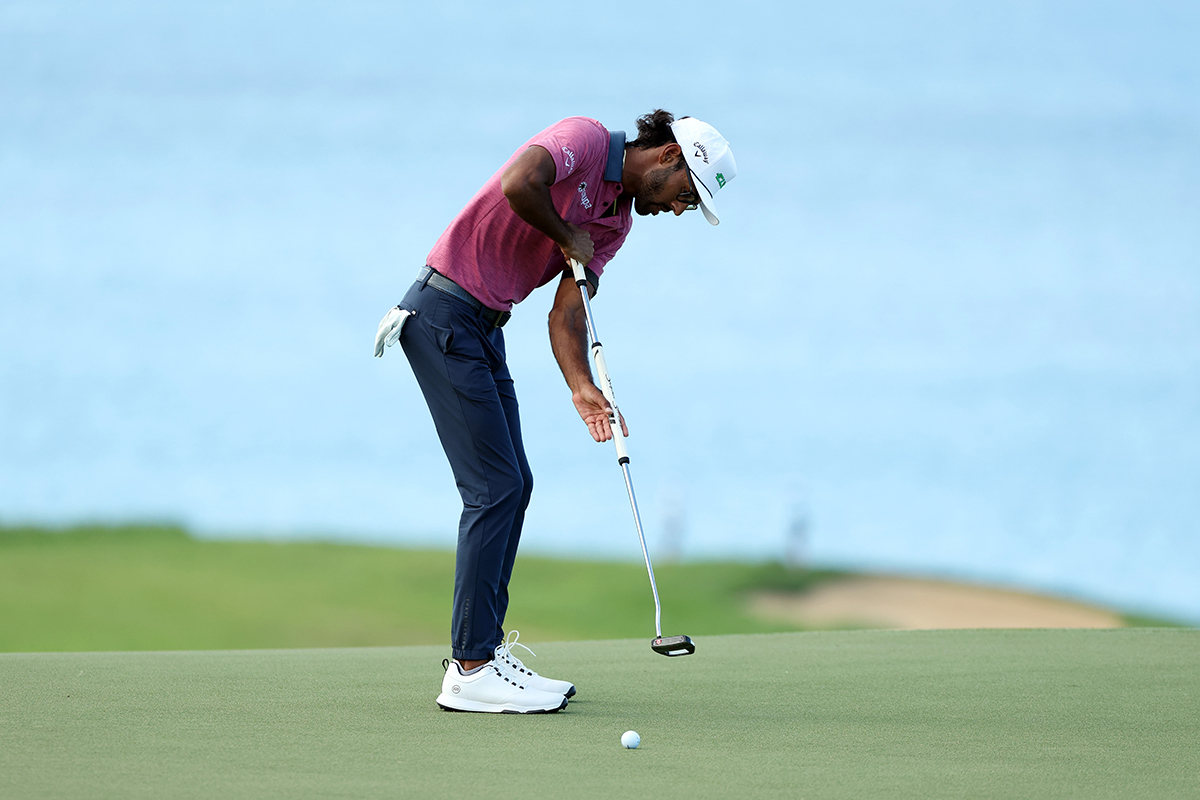
2. The Base
With this type of putter, your base has to be extremely solid. You need to take a slightly wider base than with a normal putter and push your knees fractionally outwards to ensure the lower half is completely still.
3. Grip
Learning how to grip a putter correctly will save you plenty of strokes on the golf course, and that is also true with a broomstick putter. Place your left hand (for right-handed golfers) at the top of the grip - making a fist as you hold it. If you look at Adam Scott, he sticks his left elbow out almost directly at the target but other players allow their left elbow to sit more into their side (which is how I feel most comfortable).
With the right hand, the choice is yours really. Many people opt to use a claw grip, where the club rests softly between the crease formed by your thumb and forefinger (with fingers pointing towards target. Others, like me, cradle the right hand in a similar fashion, with the club in the crease of my hand, but instead the thumb and forefinger point more towards the floor.
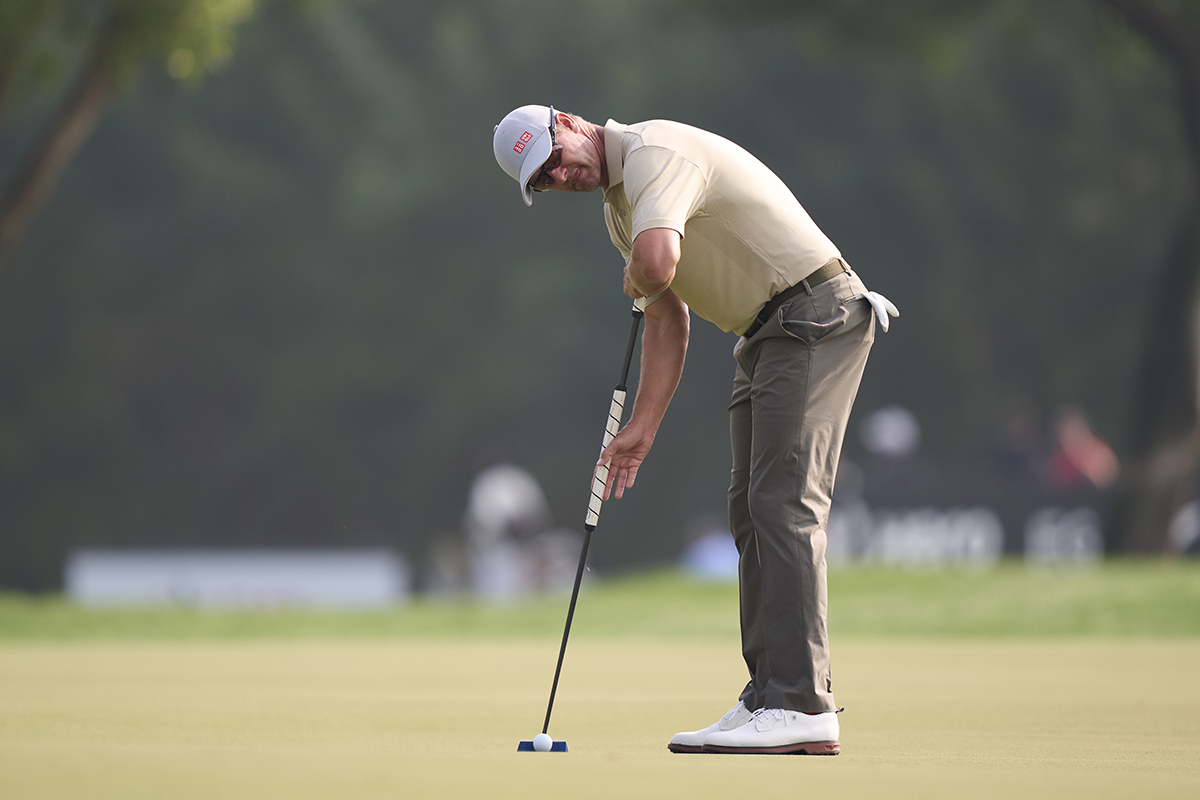
4. Stroke And Distance Control
This is as close as we are ever going to get to having a pendulum motion, where the club moves back and falls back in - like a tick tock motion. In order to master distance control with this club, my advice would be to head out onto the practice green. Place a marker at 10-feet, 20-feet, and 30-feet, then experiment with how long your backswing and follow through with the putter to achieve each distance. Once you have these reference points, all you need is the correct read and you should be holing more putts.







